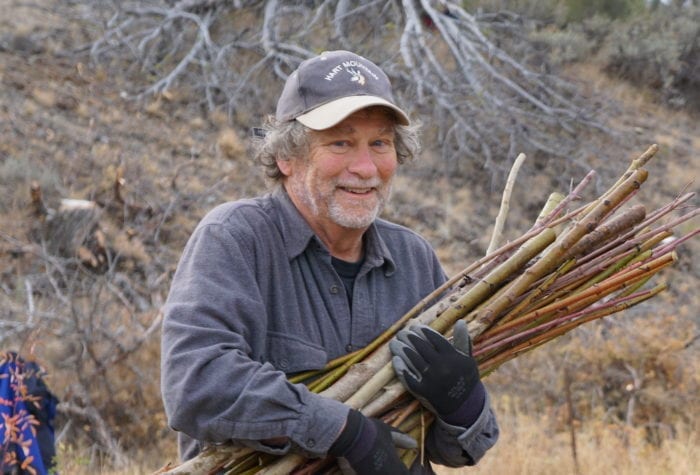What to Expect
The birds you are likely to see at the Malheur refuge depend on when you visit. Migratory waterfowl and shorebirds begin arriving in late winter while songbirds wait until later in the spring to arrive.
March and early April bring an influx of sandhill cranes, snow and Ross’ geese, tundra swans, and colorful waterfowl such as northern pintail, ruddy duck and cinnamon teal.
In late April into May, shorebirds and neotropical migratory birds arrive. You can expect to see specialties such as American avocet, black-necked stilt, white-faced ibis, American white pelican, yellow-headed blackbird, western tanager and Bullock’s oriole at this time. You might also see American bittern, marsh wren, common yellowthroat, Virginia rail and bobolink, though they can be a challenge to find.
When to Visit
March, April and May are the best months to see the greatest numbers of birds in their most colorful breeding plumage—the pattern and color of feathers on a bird, which changes during breeding.
Come late May, mosquitoes begin to outnumber the birds, lasting through mid-August.
When September rolls around, the southbound Pacific Flyway migration peaks and attracts many birders again. In October, hunting season begins and birds become scarce until the following spring.
Where to Go
First-time visitors will not want to miss a visit to the refuge headquarters. While there, be sure to visit the seasonally-operated visitor center to check out what birds are being seen where and pick up a bird checklist.
As the old adage indicates, early birds get the worm. Early mornings are the best time to observe wildlife, as well as late evenings. While there are many trails to explore—including paved, universally accessible options—your vehicle is also an excellent way to observe birds throughout the refuge, and binoculars are encouraged to allow you to get a closer look without leaving your vehicle.
For a good overview of the refuge’s terrain, drive the Center Patrol Road from the headquarters down to P-Ranch at the south end of the refuge, stopping for birds along the way. Don’t miss Benson Pond, where you can usually see trumpeter swans, and consider a hike on Buena Vista Overlook Trail for awe-inspiring views of Steens Mountain and excellent opportunities for bird watching.
At 187,757 acres, one may not be able to cover the entire refuge in a single day. Fortunately, many lodging and camping options are available within a half-hour of the refuge.
Stewardship of the Refuge
The Malheur refuge is of vital importance to the birds and wildlife that rely on it, and this landscape is also a natural treasure beloved by generations of Oregonians. While the refuge benefits from existing protections, ongoing caretaking is needed to sustain the health and vitality of the ecosystem.
Oregon Natural Desert Association has been working on the refuge since the 1990’s to support conservation management, and has led various restoration projects including making necessary barbed wire fence wildlife-friendly, removing obsolete fence and collecting data. These thoughtful stewardship efforts support a sustainable future for this stunning and ecologically vital landscape.
Friends of Malheur Refuge, an organization promoting conservation of the refuge, offer visitor services at their Nature Center within the Refuge Headquarters. They educate visitors through materials on wildlife viewing, advocacy opportunities, events and on-the-ground stewardship.
